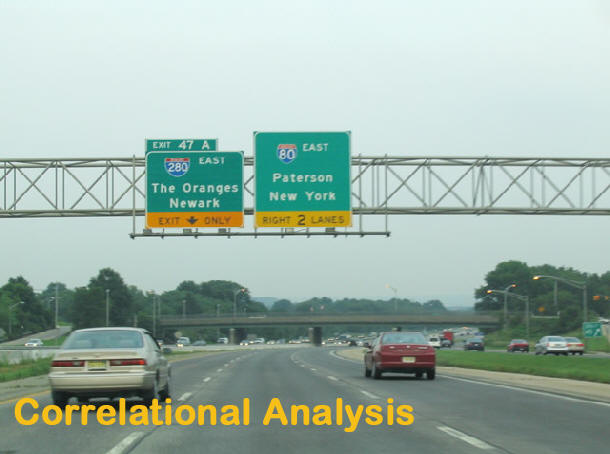
Socioeconomic Status

www.4-makingmoney.com
It has been proven that there is an associated increase in HIV/AIDS cases with declining socioeconomic status. Poverty and HIV contraction are linked because of problems associated with lower socioeconomic status, such as limited access to high-quality healthcare, HIV prevention education, and housing. These factors directly and indirectly increase the risk of HIV infection.2
Consequently, since Essex County is far above the national rate for AIDS cases, a comparison of socioeconomic statistics from the 2000 U.S. Census should show significantly lower incomes and higher rates of poverty in the afflicted towns in Essex County. This hypothesis holds true when comparing income, percent of families below the poverty line, and percent of individuals below the poverty line of the municipalities of Essex against the national averages. Furthermore, the gradient of socioeconomic status versus HIV/AIDS cases can be seen when statistics are compared amongst the Essex towns, which can be observed in when comparing income across the eastern Essex towns (Figure 1). The percentage of Essex County residents below the poverty line is 15.6%, the highest percentage of any county in New Jersey. Newark, the town with the largest number of cumulative cases, proved to have the lowest median income, had the highest percentage of families living below the poverty line, and second highest percentage of individuals living below the poverty line. When considering individuals living below the poverty like, Newark falls short only to East Orange, the town with the second highest count of cumulative cases. As expected, as the median income climbs and percentage below poverty line statistics fall, the number of cumulative AIDS cases in the associated municipality falls as well. When the correlation coefficients were calculated for median income as it relates to the cumulative AIDS rate, the correlation coefficient across the towns was found to be -0.814 (p<0.05), implying a statistically significant negative correlation relating the cumulative AIDS rate and median income. This conclusion holds true with earlier conclusions, as it proves that as the median income in a municipality increases, its cumulative AIDS rate shows an associated decrease (Figure 2).
Considering the extremely high incidence of poverty in Essex County, the possibility of an association between the percentages of households on Public Assistance Income was also considered. The correlation coefficient was found to be a very strong positive, 0.983. Therefore, it can also be concluded that percentage of households on public assistance income and the cumulative AIDS rate of a municipality are strongly positively associated (Figure 3). Thus, as the ratio of households receiving Public Assistance income in a town increases the cumulative AIDS rate will show a related increase 95% of the time. As with median income, this trend can be discerned when the economic data is plotted on a map; in the case of the public assistance income map, where higher numbers imply a lower level of income, a strikingly similar, though inverted, trend is observed (Figure 4).